Salt Grains for Muscle Gains?
Does liberally salting your food help you pump more iron in the gym? Registered Dietitian, Debbie James, investigates the claims!


I have been hearing also about a ketogenic diet using exogenous ketones. I’m 63 years old, 5’4″ and weigh 170. I joined LA fitness two weeks ago and I’m working with a trainer. My goals are weight loss and strength training. I’ve been doing (and I’m committed to) about 45 minutes of cardio 3-5 times per week and weight training 3 days a week. I am in fairly good health with well controlled mild hypertension as my only health concern. Any information you could provide or direct me to would be appreciated.
– Susan D.

I had to do a little research on this one, Susan, but I am glad to be kept on my toes! For our other readers: exogenous ketones are those ingested as supplements as opposed to those produced by the body (called endogenous). The intended goal of dietary-induced ketosis is for the body to use ketones, or fat-derived compounds, as an alternative fuel source instead of carbohydrates for certain body systems.
An outside source of ketones, such as beta-hydroxybutyrate (BHB), in the absence of glycogen depletion, will only produce a short-term state of ketosis lasting a few hours. So you’d need to keep taking the product to get an effect prolonged enough to be significant. You could end up spending well over $100/month – ideal for the supplement company!
Money Down The Drain
During forced ketosis, the body regulates ketone production by shutting down the liver’s production of endogenous ketones and getting rid of excess ketones through urinating.
The use of such ketones (and therefore the bulk of research) has been for its effects on Alzheimer’s, cancer, epilepsy and elite athletic performance. Little is known to establish exogenous ketone use for weight loss. In fact, on PubMed.gov, I could not find one study that directly observed exogenous ketone administration and reduction in body weight. Lots of bits of information that might lead one to assume this would be the case, but no evidence to support such a theory.
My advice – You’d likely be better served by consuming natural caffeine sources to help prolong your cardio workouts for increased fat burning. Coffee won’t break the bank, either!
– Debbie J., MS, RD
This article should not replace any exercise program or restrictions, any dietary supplements or restrictions, or any other medical recommendations from your primary care physician. Before starting any exercise program or diet, make sure it is approved by your doctor.
Some questions have been edited for length and/or clarity.
 Have a nutrition question? Our registered dietitian is ready to help!
Have a nutrition question? Our registered dietitian is ready to help!
Email nutrition@lafitness.com or submit your question below and it may be featured in an upcoming article!
Does liberally salting your food help you pump more iron in the gym? Registered Dietitian, Debbie James, investigates the claims!
Debbie James, RDN, helps answer a question about energizing snack options to pull athletes through the second half of a high energy workout.
Registered Dietitian, Debbie James, helps answer a reader’s question about a good nutrition guide for a healthy pregnancy.
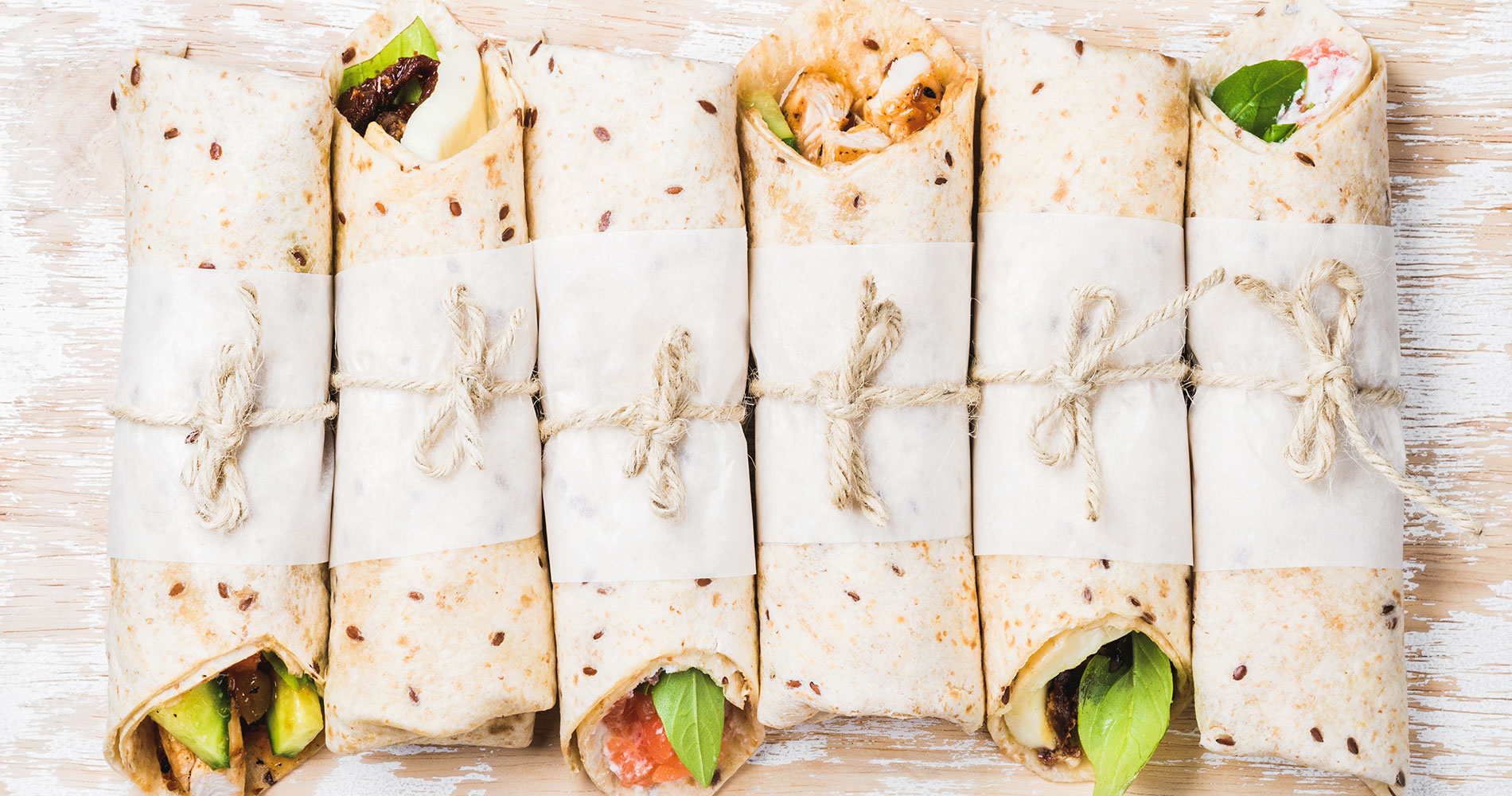

Two questions for you, actually! Hope you don’t mind!
1.) I’m struggling to think of easy, healthy options to take with me to work to eat for lunch. I’m not much of a meat eater, but I do like chicken. Any suggestions?
2.) I’m also struggling with the fact that it’s winter, and all my cravings seem to be the warm, unhealthy “comfort foods”. I’m lately craving mac and cheese, heavy soups, and things of that nature. Any suggestions for something that’s “warm and cuddly” without all the fat and calories? Thank you so much!
– Megan K.

For easy, healthy lunch options my suggestion would be to assemble wraps and hearty salads/soups, or to use leftovers. Roll up some hummus, cucumber, tomato and feta in a spinach or sun-dried tomato tortilla. You can add a handful of beans and chicken breast strips to a pre-made salad in a bag. Since it takes a full can of soup (2 cups) to make a decent meal, pair the soup with raw produce so you don’t add sodium. Leftovers are quickest, of course – just place in the containers you’ll take to work when storing them.
Enjoy the comfort foods as a smaller side dishes instead of as a main entrée, or find ways to lighten the recipes. For instance, using low-fat cheese plus adding ham and peas in your mac & cheese, or having a scoop of the real thing accompanied by a grilled chicken breast and steamed broccoli. A bisque soup or chowder pairs with whole grain bread sticks and celery stalks. My all-time favorite warm treat is made by spreading almond butter on freshly made rye toast, topping with apple slices and a sprinkle of cinnamon, and placing back under the broiler. Using fresh ingredients from room temperature (except meats/dairy) enhances the flavors and makes heating quick.
– Debbie J., MS, RD
This article should not replace any exercise program or restrictions, any dietary supplements or restrictions, or any other medical recommendations from your primary care physician. Before starting any exercise program or diet, make sure it is approved by your doctor.
Some questions have been edited for length and/or clarity.
 Have a nutrition question? Our registered dietitian is ready to help!
Have a nutrition question? Our registered dietitian is ready to help!
Email nutrition@lafitness.com or submit your question below and it may be featured in an upcoming article!
Does liberally salting your food help you pump more iron in the gym? Registered Dietitian, Debbie James, investigates the claims!
Debbie James, RDN, helps answer a question about energizing snack options to pull athletes through the second half of a high energy workout.
Registered Dietitian, Debbie James, helps answer a reader’s question about a good nutrition guide for a healthy pregnancy.
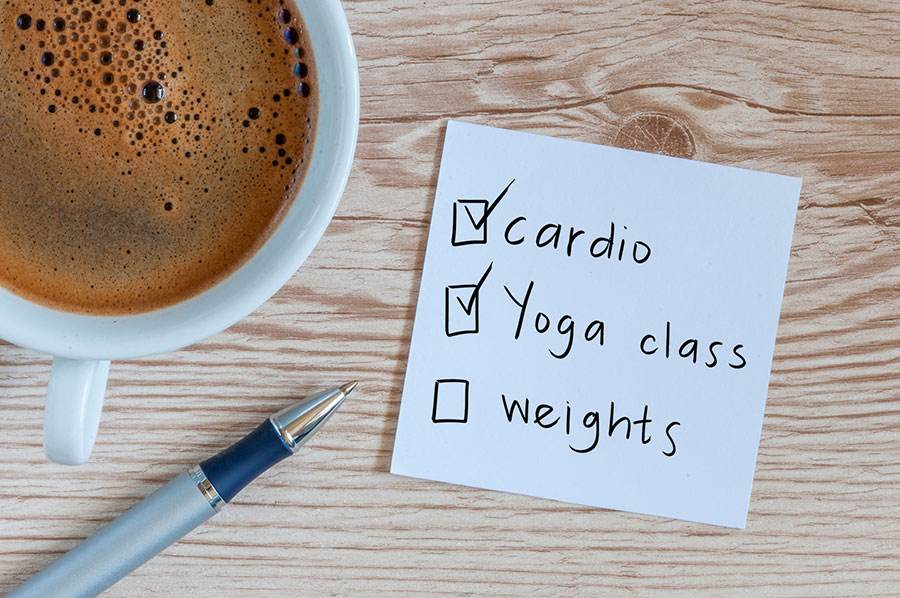

Is it OK to eat/drink an apple/coffee 1 hour before working out?
– Pavan

Yes, an apple and cup of coffee are okay to eat/drink an hour before working out.
If your workout is intense and prolonged, you may want to supplement a little protein with the apple or a light workout drink during exercise. Alternatively, if you’ve eaten a LARGE meal within 3 hours prior to your workout, you can skip your described snack.
– Debbie J., MS, RD

This article should not replace any exercise program or restrictions, any dietary supplements or restrictions, or any other medical recommendations from your primary care physician. Before starting any exercise program or diet, make sure it is approved by your doctor.
Some questions have been edited for length and/or clarity.
 Have a nutrition question? Our registered dietitian is ready to help!
Have a nutrition question? Our registered dietitian is ready to help!
Email nutrition@lafitness.com or submit your question below and it may be featured in an upcoming article!
Does liberally salting your food help you pump more iron in the gym? Registered Dietitian, Debbie James, investigates the claims!
Debbie James, RDN, helps answer a question about energizing snack options to pull athletes through the second half of a high energy workout.
Registered Dietitian, Debbie James, helps answer a reader’s question about a good nutrition guide for a healthy pregnancy.

What says “love” better than a home-baked treat? But certainly the intent is equivalent to a warm hug, not a blanket of excess sugar, saturated fat and calories. You can still indulge in a sweet breakfast or dessert without the guilt by making a few ingredient substitutions.
The key to modifying a recipe with more healthful ingredients is to retain flavor and texture. Keeping volume and moisture/dryness equivalent will help the texture turn out great. Butter and sugar don’t have strong flavors so replacing these with sweet and creamy alternatives is easy. If need be, flavor can be enhanced with extracts or spices.
Below are common substitutions to increase fiber and decrease fat and sugar. Using the appropriate option for your particular recipe will keep your baked good in top shape out of the oven.

FLOUR, 1 Cup: use 1 C. whole wheat flour, 1 C. nut flour or 1/3 C. coconut flour. For brownies, 1 cup pureed black beans can be substituted for flour. Due to the heaviness of nut flours, you’ll need additional rising agent (baking soda or powder). When using coconut flour, add an extra egg to help hold your batter together.

SUGAR: use natural honey, agave nectar, maple syrup, applesauce, mashed ripened bananas or coconut sugar. You may need to slightly reduce liquid elsewhere if opting for one of the first four liquid substitutes.
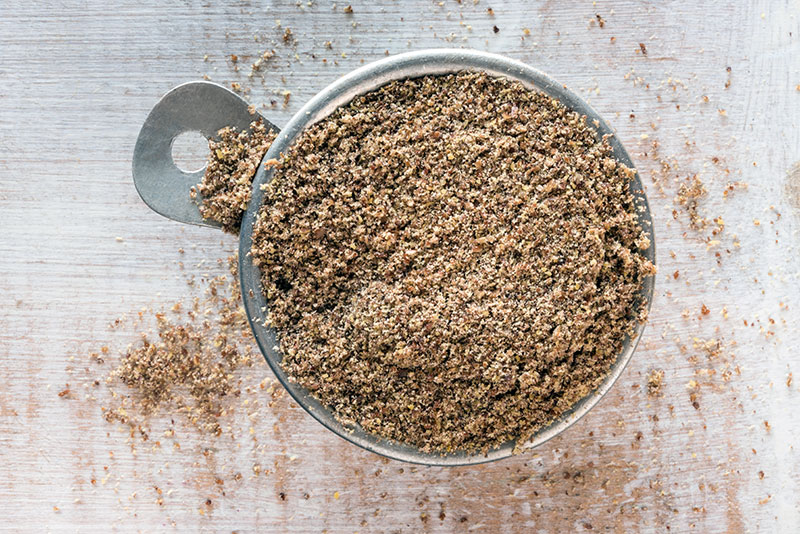
EGG, 1 whole: use 2 egg whites or 1 Tbsp flaxseed meal soaked in 3 Tbsp water

BUTTER: half the amount can be replaced with applesauce, mashed ripened bananas, or nut butters. Various oils can be used as well, but they are full-fat replacements and require less volume (e.g. ¾ C oil to 1 C butter). As another option, to replace a cup of butter (2 sticks), use 3 Tbsp chia seeds soaked in a cup of water.
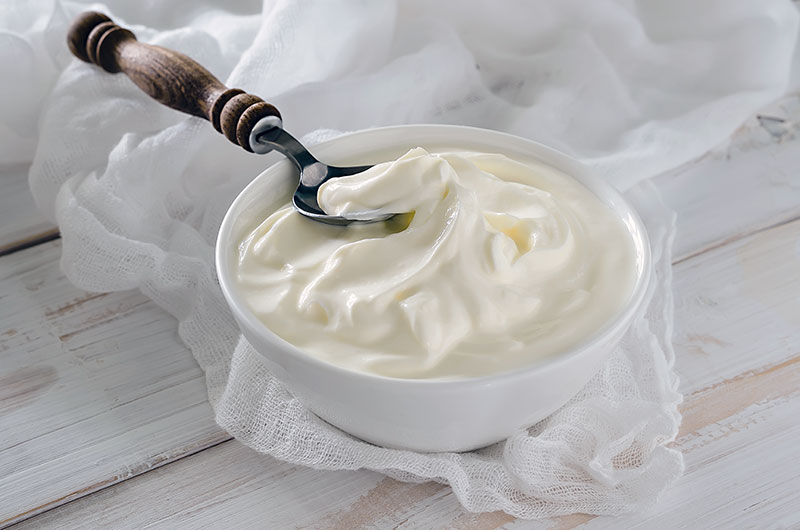
CREAM CHEESE: use Greek yogurt (may blend with cheesecake pudding mix to omit additional eggs/sugar for cheesecake)
A few more tips for healthy baked goods
A little goes a long way, so keep portions small. With a greater yield, there’s more to share and the batch will last you longer!
You don’t need to fill a serving plate or bowl to make an impression; use a doily (lace paper), leave room for mint leaves and berries to garnish, or drizzle fruit sauce across the plate.

Debbie James, RDN, helps answer a reader’s question by explaining how the digestive system can be affected by inflammatory foods.
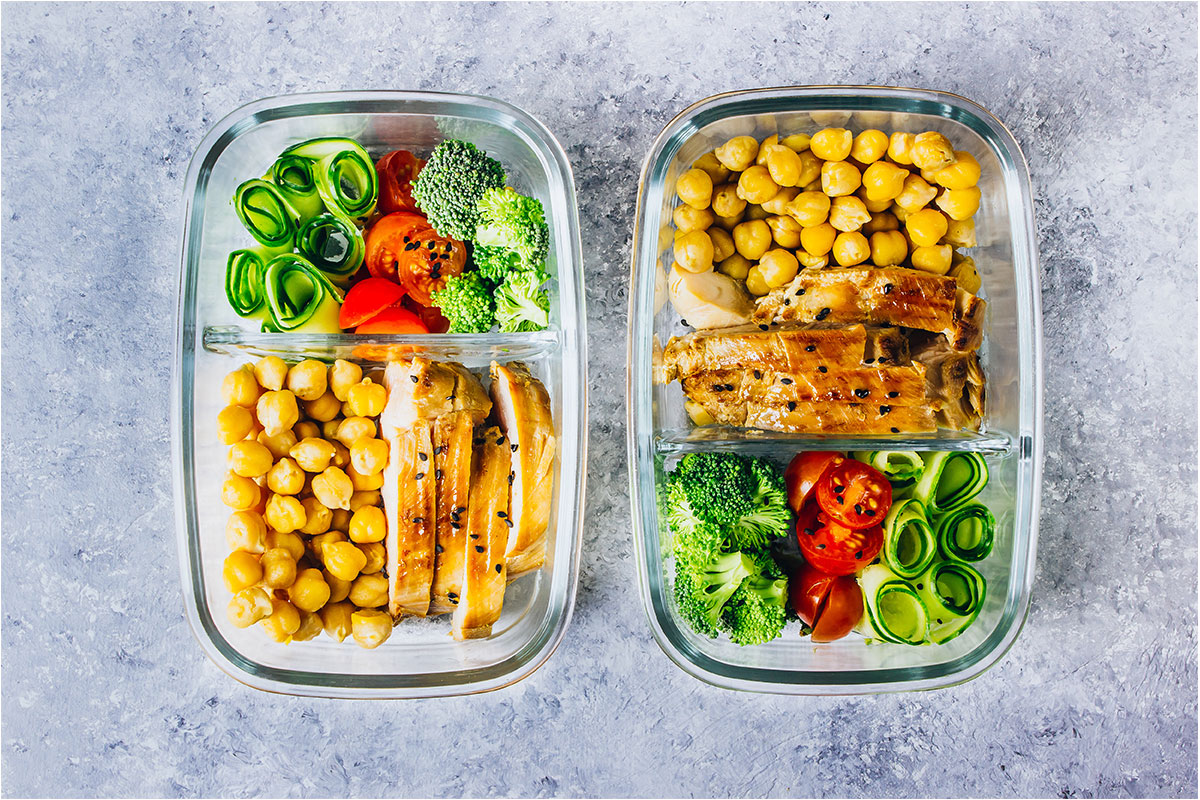
If you’ve ever been too afraid to meal prep or just haven’t known where to begin, look no further than our meal prepping 101 beginner’s guide!
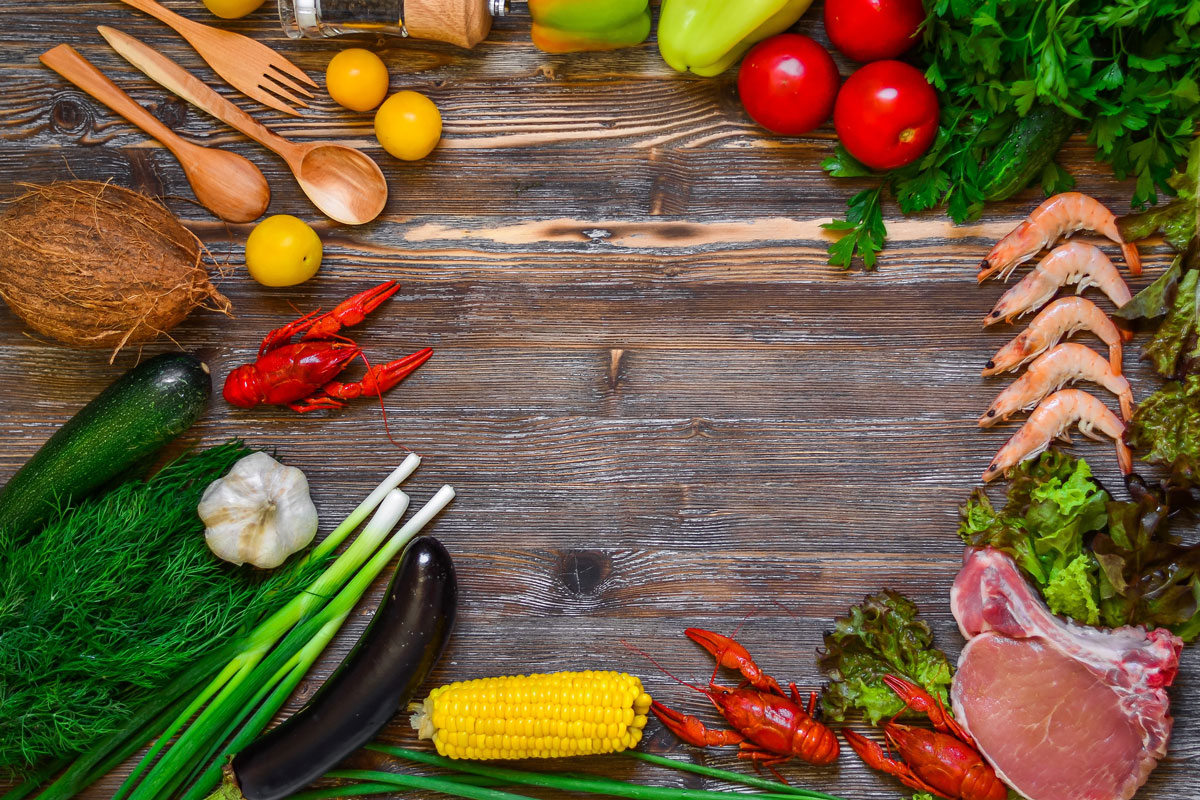
Debbie James, RDN, helps answer a reader’s question on how to consume 100% daily value of vitamins and minerals without supplements.


For people who are barely starting to exercise, what would you recommend on a planned diet? I am over 180 pounds and I see and read diet plans. But as a person who is starting to exercise I was curious if there are any recommendations for diet plans. I know this will all depend on maybe a personal assessment but I just wanted to ask.
– Esme

Welcome to the LA Fitness family, Esme! It’s great that you began exercising and want to add in a planned diet. It’s okay to focus on your new exercise routine for a while and once you’ve got that established, then address your nutrition.
What I’d specifically recommend really all depends on what your diet is like now. You should start with assessing your current diet to see where you can improve. Keep a food diary for a few days and enter it into a dietary analysis program, app or website that will show the average calories, fat breakdown, protein, carbohydrate breakdown, and vitamins/minerals you consume.
If there are areas you know need to change, and you can practically address those, start there. You’ll have greater long-term success by amending how you eat rather than adopting a rigid, generic plan that doesn’t take into account your preferences and lifestyle. See our previous article “The 3 Pronged Attack for Weight Loss – DIET.”
That said, you may want to look at some key targets of a healthful nutrition plan:

Readers, are there other GENERAL tips that worked for you when starting out that you’d like to share? Enter them in the comments area below!
– Debbie J., MS, RD
This article should not replace any exercise program or restrictions, any dietary supplements or restrictions, or any other medical recommendations from your primary care physician. Before starting any exercise program or diet, make sure it is approved by your doctor.
Some questions have been edited for length and/or clarity.
 Have a nutrition question? Our registered dietitian is ready to help!
Have a nutrition question? Our registered dietitian is ready to help!
Email nutrition@lafitness.com or submit your question below and it may be featured in an upcoming article!
Does liberally salting your food help you pump more iron in the gym? Registered Dietitian, Debbie James, investigates the claims!
Debbie James, RDN, helps answer a question about energizing snack options to pull athletes through the second half of a high energy workout.
Registered Dietitian, Debbie James, helps answer a reader’s question about a good nutrition guide for a healthy pregnancy.
Be the first to know about exclusive
content, deals and promotions